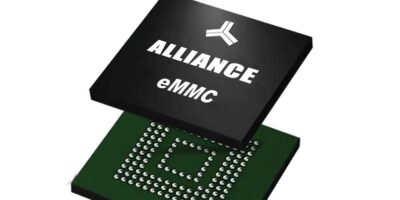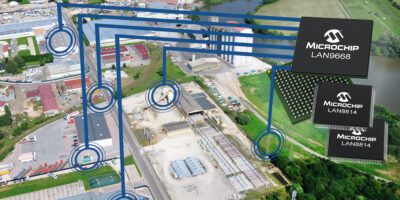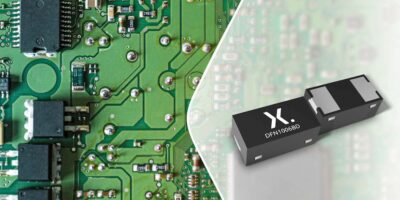Two industrial-grade, embedded multimedia cards (eMMC) have been announced by Alliance Memory. The 4Gbyte ASFC4G31M-51BIN and 8Gbyte ASFC8G31M-51BIN are designed for solid-state storage in consumer, industrial, and networking applications. Each 11.5 mm by 13 mm 153-ball FBGA package integrates NAND flash memory with an eMMC controller and flash transition layer (FTL) management software.
The devices comply with the JEDEC eMMC v5.1 industry standard, supporting boot operation, replay protected memory block (RPMB), device health report, field firmware updates, power-off notification, enhanced strobe features for faster and more reliable operation, write levelling, high-priority interrupt (HPI), secure trim / erase, and high speed HS200 and HS400 modes. The ASFC4G31M-51BIN and ASFC8G31M-51BIN are also backwards-compatible with eMMC v4.5 and v5.0.
The eMMCs will be used in products such as smart watches, tablets, digital TVs, set-top boxes, VR and AR headsets, digital cameras, infotainment, CCTV, surveillance, automation, point of sale (PoS) systems, and emerging embedded applications.
According to Alliance Memory, the eMMCs simplify designs for fast and easy system integration, speeding up product development and time to market. They also save space by eliminating the need for an external controller. The FTL software provides high reliability and stable performance with wear levelling and bad block management.
The ASFC4G31M-51BIN and ASFC8G31M-51BIN operate over an industrial temperature range of -40 to +85 degrees C and offer programmable bus widths of x1, x4, and x8. The devices’ NAND memory with internal LDO can be powered with a single 3.0V supply voltage, and the controller can be powered by 1.8V or 3.0V dual supply voltages.
Samples and production quantities of the eMMCs will be available in Q1 2022, with lead times of 12 weeks.
Alliance Memory provides critical and hard-to-find memory ICs for the communications, computing, consumer electronics, medical, automotive, and industrial markets. The company’s product range includes flash, DRAM, and SRAM memory ICs with commercial, industrial, and automotive operating temperature ranges and densities from 64kbit to 8Gbit.







